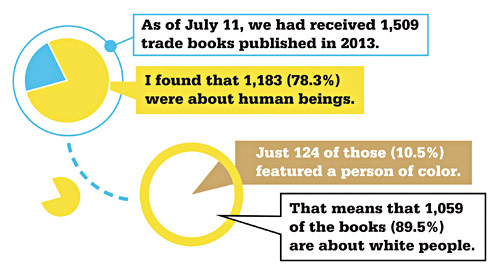With SRRT Councilor Tara Brady, I sponsored a resolution about making ALA governance available virtually. Right now the bylaws say that Executive Board and Council meetings “may be held in either fully virtual, or hybrid virtual-and-in-person modes.” and we want to change that may to shall. Since this involves a bylaws change (The first one with his new set of bylaws!) it was referred to the Bylaws Committee. Here are my brief remarks on why it is an important resolution.
I am Jessamyn West, Vermont’s Chapter Councilor. You should support this resolution because it addresses the following issues that ALA cares about.
1. Equity issue (one of ALA’s Four Strategic Directions, also in parity with membership meetings – also coming up as one of three of ALA’s core values) allowing more types of people to be involved in ALA governance.
2. Community Engagement issue (ALA Policy Manual A.1.6, one of ALA’s strategic objectives is removing barriers to participation via technology and innovation)
3. Climate friendly issue (2021 ALA CD #53 – ALA is trying to go carbon neutral by 2025 – this is also coming up as one of three of ALA’s core values)
4. Access issue (conference travel and accommodations and accessibility issues – coming up as one of three of ALA’s core values)
5. Safety issue (supporting our LGBTQIA+ communities when conferences may be held in places where they do not feel safe such as the IFLA World Library and Information Congress being held in Dubai, currently being explored by the Executive Board)
I move that the pending resolution be referred to the Bylaws Committee for review and further recommendation, including that the committee consult with BARC regarding any fiscal implications and that the committee report back to the Council at LLX 2024.
